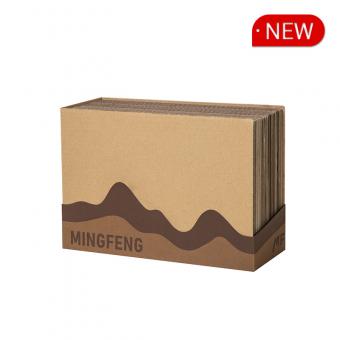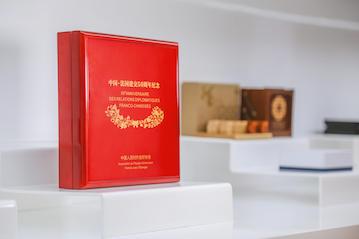The packaging prominently features Chinese zodiac totems, integrating cultural depth with functional artistry. Here’s a detailed breakdown: Design Elements & Aesthetic Craftsmanship Inspired by Chinese Architecture: The carving technique draws from traditional Chinese architectural styles, incorporating a built-in cigar drawer. This fusion marries an ancient artistic ambiance with practical storage value, reflecting both heritage and utility. Zodiac Motifs as Decor: The four sides of the packaging are adorned with Chinese zodiac decorations, aligning with contemporary cigar brands’ affinity for zodiac totems—a choice that resonates deeply with cultural symbolism. Textural Clarity & Elegance: The intricate carving textures and visible natural wood grain highlight an antique, stately, and refined aesthetic, enhancing the packaging’s visual and tactile appeal. Cultural Significance & Brand Adoption Zodiac totems are hailed as "the most beautiful records of history" and "the most elegant presence in Eastern culture." By using the zodiac as a creative concept for packaging, brands infuse their products with profound, poetic cultural foundations. In recent years, driven by the global spread of Chinese culture, many internationally influential cigar brands—including Davidoff, Cohiba, Romeo y Julieta, Vega Fina, Punch, and Drew Estate—have unanimously embraced this natural, harmonious Eastern totem. Over different periods, these brands have launched zodiac-limited editions, each achieving remarkable success and market acclaim. In summary, the zodiac totem on the packaging not only elevates its artistic value but also serves as a bridge connecting Eastern cultural heritage with global cigar enthusiasts.
Read MoreProduct Categories
New Products
















 IPv6 network supported
IPv6 network supported